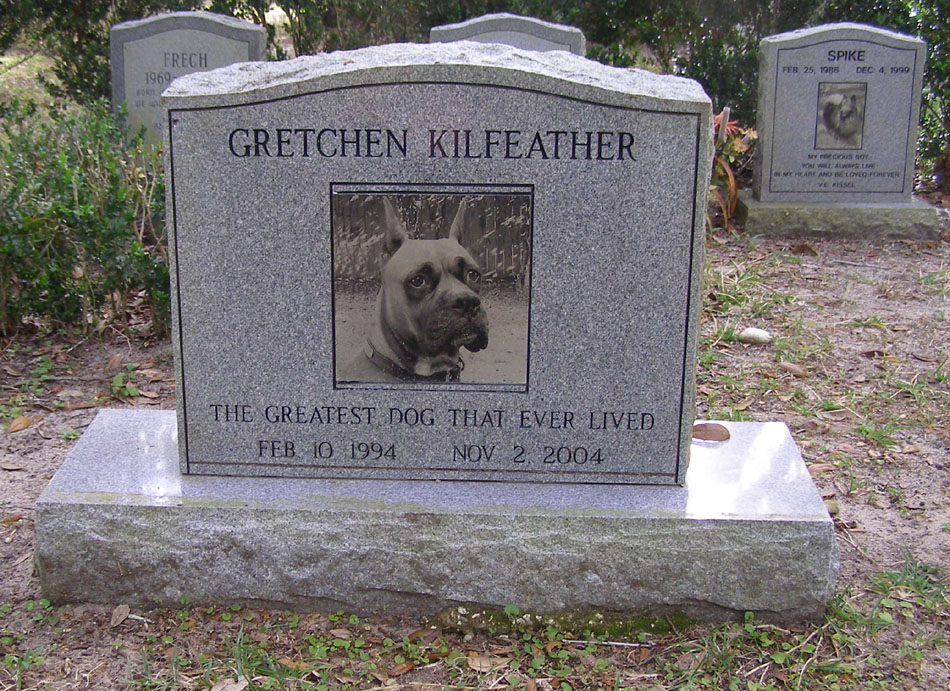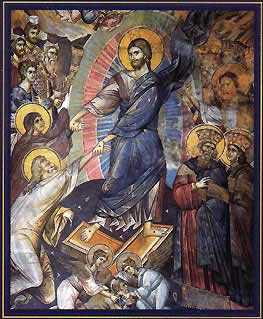Recently in Sofia a new service is offered for the citizens – a proper burial of the pet. For people who do not have a pet at home, this service is not only funny, but looks like an eccentric whim. But for many in the big city, the pet is the only close creature with whom they share their daily lives. For them, the animal is a full (and sometimes the only) member of the family, and his death – a tragedy commensurate with the loss of a loved one. No wonder, then, that they will want the animal buried in a manner similar to a human burial. Ingenious and enterprising people now provide this comfort to grieving pet owners (or rather former owners). To make the resemblance as complete as possible, the funeral home offers coffins, urns, etc. of different sizes, materials and decorations. The Christian cross is also carefully depicted on them. There are also crosses with the name of the deceased cat or dog, which are placed on the grave. The owner of the agency proudly shows the “accessories” for the funeral – and on all is depicted the cross as a sign and symbol of death.
In the mind of the modern Bulgarian, who defines himself in general as a Christian, the cross is primarily an “attribute” accompanying funerals and death. This was also the case in the pagan Hellenic world. The cross was an instrument of death, a long and painful death.
But after Christ’s death on the cross follows His glorious Resurrection. Therefore, for Christians, the cross is no longer a symbol of death, but of the resurrection and eternal life for which man is called. St. ap. Paul says, “The word of the cross is foolishness unto them that perish, but unto us which are saved it is the power of God” (1 Cor. 1:18).
Today, crosses are indeed placed on graves, but they remind people that death has been defeated. The crosses on Christian graves are a sign of the hope of resurrection. The cross practically accompanies not only the funeral ceremonies. He is everywhere – both in the temple and in the life of the Christian, but not to remind of death, but of the saving work of the Lord Jesus Christ, by which He “with His death overcame death and to those who are in the graves, life. give ”.
The placing of crosses on the graves of pets, in addition to being kitsch, is a sign of religious illiteracy, because no animal dies in the hope of resurrection.
No matter how attached we are to our pets, no matter how smart and understanding they seem to us, they are not human. Because love between people is scarce, we have passed it on to the animals we keep at home as members of our family. But even if we dress, feed, marry, and bury them as human beings, we will not make them so. They are animals and have no guilt for sin and death in the world. “For the creatures obeyed vanity, not voluntarily, but according to the will of him that obeyed them, in the hope that the creatures themselves would be delivered from the bondage of corruption into the glorious deliverance of the children of God” (Rom. 8: 20-21). . The responsibility for sin lies with man – the only one who is endowed by God with reason and moral responsibility. After the saving work of Jesus Christ, man is responsible for his own salvation. As in Eden, so now he is responsible not only for himself, but also for the rest of the creation that God has entrusted to him. And man’s care and responsibility must begin with this: to understand why a cross will be placed on his grave and whether it will be for him a symbol of death or life …












